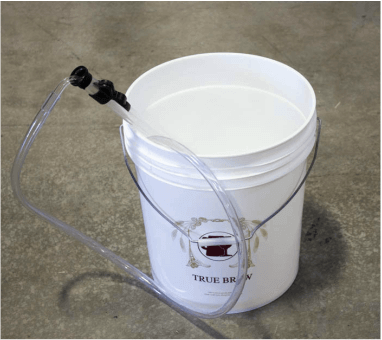Every event we go to, we have at least half a dozen people come up to our tent and say, “I make mead at home, and I’d love to try your stuff.” Their reactions range from, “boy, I am definitely doing something wrong,” to “this is fine, but I like mine better.”
Then, of course, there are all the Tweets, comments, and e-mails we get for Ask the Meadmaker. Really, it’s incredibly exciting to see the community growing.
But, dear Meadiacs, we need to address a serious problem we’re seeing in the home meadmaking community: The One Gallon Batch.[1]
We get it, we really do, from closet space to risk mitigation to cost, there seem to be so many advantages to the one gallon batch. We are not discrediting any of these things.
The cost of brewing a batch of mead scales (for the most part) linearly. In other words, the more you brew the more it costs, and that’s a big factor in any hobby.
Nevertheless we are huge advocates of the five gallon homebrew batch for several reasons:
- While the cost of ingredients scales linearly, the cost of equipment does not. The cost to buy the equipment for a five gallon batch is similar to the cost for one gallon equipment.
- Your brew system in general will be more versatile: Beer is almost always brewed in five gallon batches and so are many wines.
- It takes just as much work (if not more) to make one gallon than to make five.
- Product loss represents a greater proportion of your total volume for smaller batches.
- You can make three times more mead per square foot of your precious closet space.
Yet price and space aren’t the most common reason given for small batch meadmaking, it’s this: “What if it’s not good?”
Our response: “What if it is good?”
You see, it (often) takes a long time to ferment a batch of mead at home. For honey wines, you can be looking at a year or more, and for craft meads it can still be months. Why would you put in all that work and be so patient to only end up with five bottles of mead?
Go big, friends. The small additional cost will more than pay for itself in saved time and more mead to share.
And so what if it is bad? Seriously, we all have that friend… just invite him over for a Vikings marathon and we’re sure he’ll take care of it for you.
[1] This is not an argument, however, against side-by-side one gallon test batches for things like hopping, yeast selection, or other experiments where the data is more important than the final product.





